Virtual reality (VR) is a multibillionaire booming market in the world. Simply put, it’s a state of being in the essence or effect of the digital world. VR systems allow users to physically interact with objects as if they were real. It’s a computer-generated virtual setting that can be connected with and experienced like a real environment.
In one of our previous articles on augmented reality, we have explained the difference and correlation between augmented, virtual, and mixed reality (metaverse). Now, we will look at some interesting facts about VR.
- Virtual reality market is expected to reach $22 billion till 2025
- Historical significance of VR dates back to the 1800s
- China is the biggest country to spend on AR/VR market
- Oculus is the biggest virtual reality company globally
- Singapore opened a VR theme park
- Beware of health risks while using virtual reality
- Top VR applications
- Relationship between virtual reality and blockchain
Virtual reality market is expected to reach $22 billion till 2025
VR is dedicated to focusing on developing a sensory feeling in terms of touch, scent, taste, or listening. It is rapidly evolving and is supposed to hit $22 billion by the year 2025. This growth is expected due to the advancements in the gaming industry and VR headsets. Headsets create realistic sensations that emulate an individual’s physical existence in a digital environment. A few popular VR headsets are Oculus (now Meta), Sony, HTC, and Pico.
VR hardware improvements, such as smaller, more fashionable devices, are expected to assist in enhancing consumer acceptance of VR. Manufacturing, workforce development, and healthcare will be among the sectors affected by VR technology. A few popular applications include surgical simulations and classroom immersion experiences for surgeons and production workers.

Historical significance of VR dates back to the 1800s
In 1832, Sir Charles Wheatstone invented a stereoscope capable of reflecting images into the eye from both sides. After many years, a VR display called Haunted Swing contains a room capable of occupying 40 people and a big swing. The swing was set in motion, and users felt movement like sitting in an elevator. It’s interesting that the swing didn’t move at all, but the room moved which resulted in a sense of motion. The 1950s saw Morton Heilig design a head-mounted display as well as a world-fixed display known as Sensorama. With his Sensorama, he created immersive film viewing and audio with stereo sound, vibrations, smells, and stereoscopic color views with a wide field of vision.
However, the invention that gave rise to the VR industry was Virtual Visual Environment Display (VIVED). Using stereoscopic head-tracked HMD technology, Scott Fisher and other NASA researchers developed the first commercially viable, stereoscopic head-mounted display. Foster and Wenzel created a device called the Convolvotron for localized 3D sound. VR was a breakthrough because it was available at a relatively low cost.
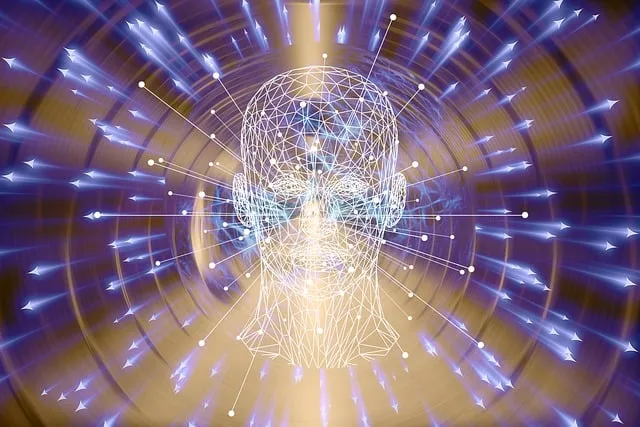
China is the biggest country to spend on AR/VR market
According to Statista, China had likely spent $18.8 billion in 2020 on AR/VR techniques. Many big giants like Baidu, Xiaomi, Alibaba, etc., are endeavoring to enhance this technique in immersive gaming, online shopping, and other streams. At the 2022 World VR Conference, a Virtual emcee hosted the event’s opening ceremony, mimicking and replicating the real-time movements and expressions of a real emcee.
Oculus is the biggest virtual reality company globally
Oculus, established in 2014 is the biggest VR company located in California, United States. The VR technology behind Meta comes from the team at Oculus. By constantly innovating, Oculus is committed to propelling the state-of-the-art forward through VR research, computer vision, haptics, and social interaction. Currently, the Oculus Platform powers Rift, a high-end PC VR headset, Touch controllers, and Gear VR. They are constantly trying to improve the user experience through multiple innovations.
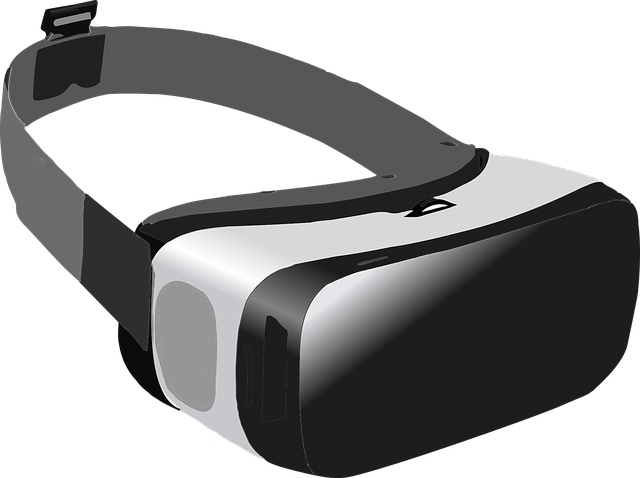
Singapore opened a VR theme park
Singapore has a VR theme park known as HeadRock is one of a kind. There are 8 themed virtual reality attractions inside! This new facility has a KIDS MEDIA INTERACTIVE ZONE, which integrates analog and digital technology in a Dinosaur themed indoor play area. Those looking for an immersive VR experience that offers a variety of experiences will find this facility to be a must-visit.
Beware of health risks while using virtual reality
Although this technology is cool, it comes with many health risks. It may seem amusing at first, but it can cause physical symptoms for many individuals. These advanced lenses cause myopia and eye fatigue because our eyes aren’t accustomed to them. People may suffer from seizures, falls, collisions, nausea, repetitive stress injuries, and even blackouts. It’s not that ideal for children. But the latest technologies will definitely overcome this problem.
Top VR applications
- Training: The scope of training with VR is wide. To mention one example, Walmart uses virtual reality to train its employees for black Friday craziness. It boosted the business and increased efficiency. Soldiers, police officers, and firefighters – these are all workers who face dangerous circumstances regularly. VR training can help them practice emergency procedures and learn the dos and don’ts without consequences.
- Entertainment: It is no secret that virtual reality is changing the entertainment landscape as we know it, and producers, engineers, and film studios are taking notice. With the technology becoming more affordable over time, the potential for commercial VR growth is evident with 66% of consumers interested in VR for TV, movies, and video. There is good reason for movie-goers and other entertainment seekers to look forward to the future of VR movies, as they create a more immersive, satisfying experience.
- Medical: Virtual reality is expected to become deeply intertwined with healthcare in the future. In rare or complex surgeries, VR can also be of assistance to health practitioners. Surgeons can practice their surgical skills in a virtual simulation before performing them on a real patient using virtual reality software. Virtual hands-on training may also be beneficial to medical students, as there are no risks involved or consequences in the real world.
- Shopping: A virtual window shopping concept might be familiar to you, where you browse your favorite sites and bookmark promising items for later. Virtual reality shopping software allows customers to make virtual wish lists and window shop more viscerally than with traditional shopping software. Virtual reality allows consumers to try on clothes, remodel their homes, and window shop seamlessly. Apps like Flipkart have started giving 360° tours of their product.
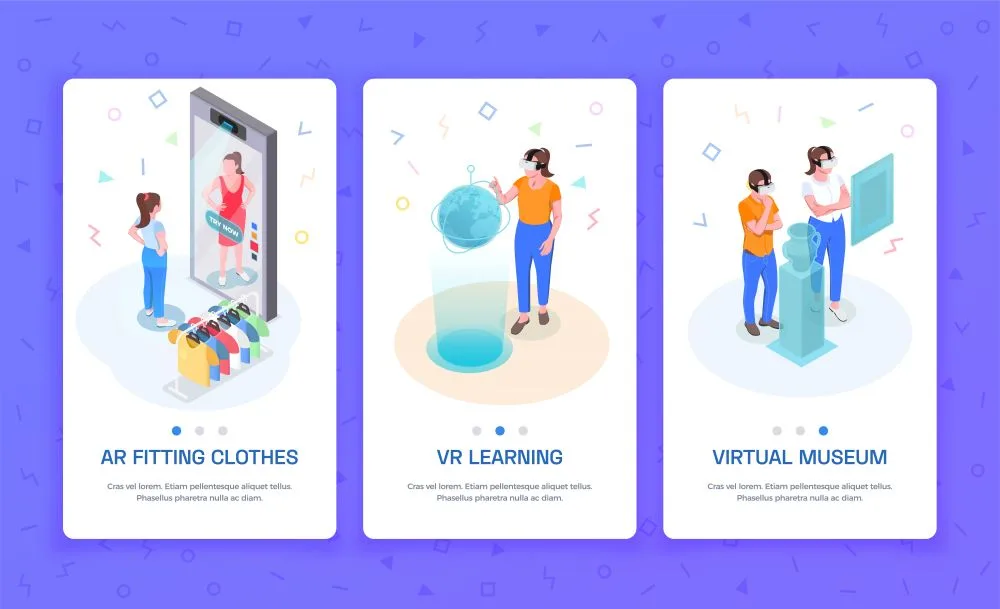
Relationship between virtual reality and blockchain
Blockchain facilitates the decentralization of virtual reality content while guarding it at the same time. It enables the design of a virtual world filled with user-created content. The rules of this world are set by the users, without the involvement of the platform’s developers. Users can build authentic worlds that live on their own and experience them without any troubles. Blockchain will record the theft of credit for someone else’s innovative work if it gets stolen. Virtual reality platforms can become pieces of a united ecosystem with a better copyright protection system.
Read more, 10 reasons to start investing in Cryptocurrency.
If you have any suggestions regarding virtual reality, please write to us in the comment section.
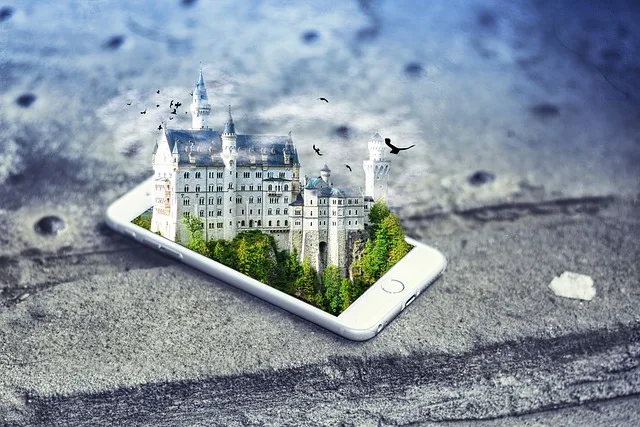

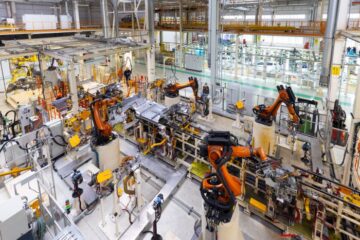

[…] is often confusion between Artificial reality and virtual reality (VR). These are two different terms with separate objectives, applications, and […]
[…] 74 million U.S. dollars will be spent on in-game purchases worldwide. AR (augmented reality) and VR (virtual reality) headsets will be the key contributors to such massive growth. Metaverse will also be a critical […]
[…] is the result of mixing augmented reality (AR) and virtual reality (VR). AR adds digital elements to the physical surroundings. It enriches the physical atmosphere with […]
[…] broadband speed at an elevated rate. It is expected to be the communication hub that connects virtual reality, autonomous vehicles, IoT, and many other emerging […]
[…] Read more, 8 interesting facts of virtual reality to watch out for. […]